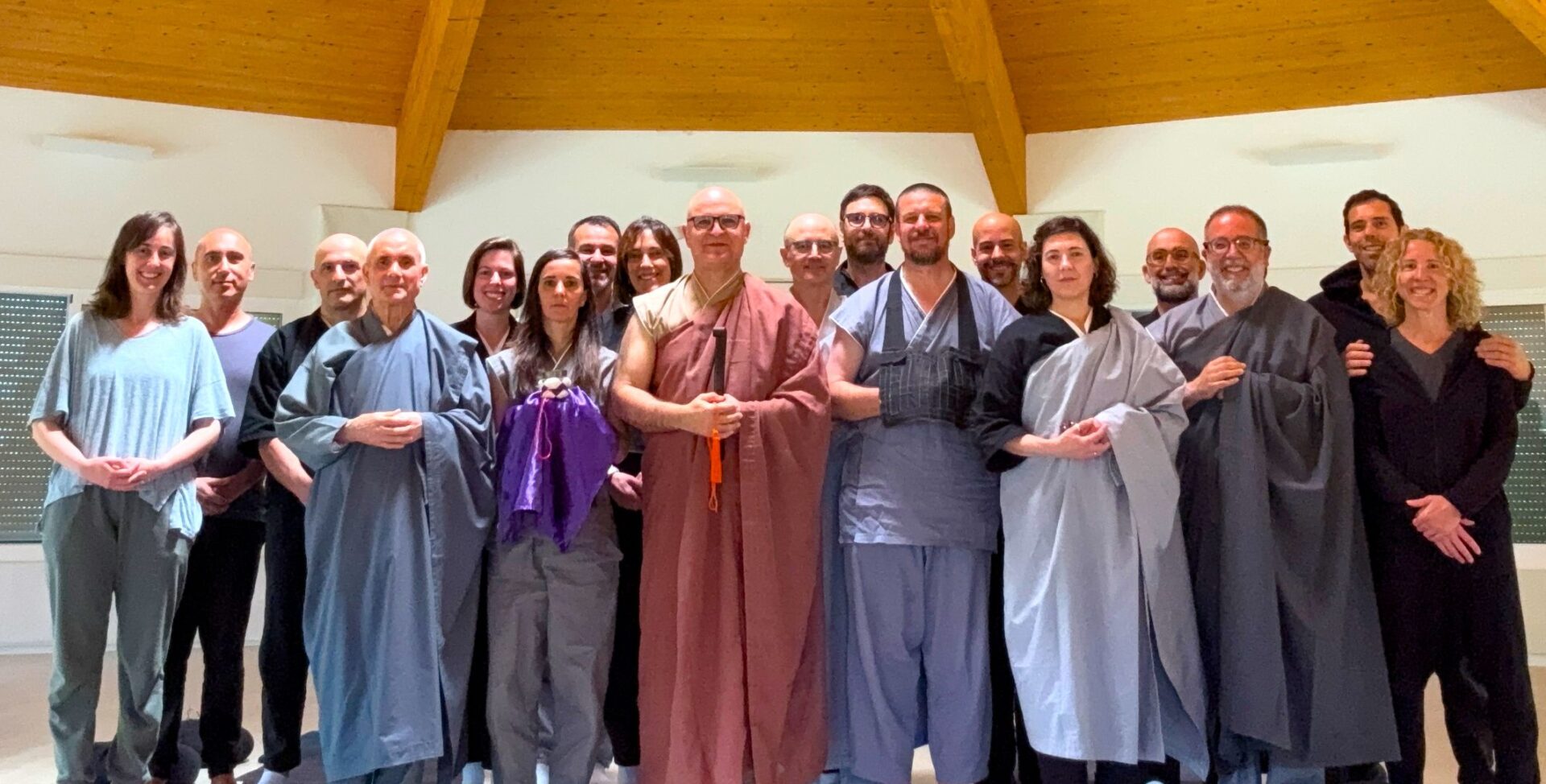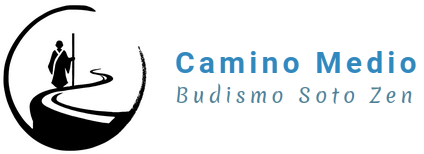⏱️ Estimated reading time: 4 min
In Soto Zen Buddhism, Every aspect of practice is an opportunity to express attention, respect and simplicity, It is our way of considering everything around us as sacred. The way of dressing in the dojo is no exception. It is not about imposing an external standard, nor to blindly follow an exotic way of dressing, but to cultivate an internal attitude of recollection, dignity and harmony with the community.
Dressing appropriately for practice is an act of mindfulness and commitment. Our clothes don't just talk about us, but also of our willingness to flow in the collective body of the sangha, without highlighting and without distracting. It is a way of making visible the decision to temporarily let go of individuality to surrender to zazen and to the activities of the dojo with an open and available mind.
Simplicity and neutrality
The ideal clothing to attend the dojo should be sober, comfortable and neutral colors if possible (negro, gris, navy blue, brown). Avoiding prints, visible markings or any conspicuous adornment. Covered shoulder-length, ankle-length pants or skirt. Simplicity in clothing helps create an atmosphere of contemplation and concentration., conducive to the practice of zazen.
The clothing should allow you to sit easily in the standing position. zazen, without straining the body or creating noise when moving. They should not be tight or cause distractions. The use of wide pants is recommended, plain t-shirt or sweater, and white socks.
the samue: our practice attire
In the Soto Zen Camino Medio Community we use the Samue as usual clothing for practice. He Samue It is a traditional Japanese garment, simple and comfortable, originally designed for the daily work of monks. Nowadays it has become the preferred attire for practicing zazen in many Zen communities.
He Samue can be gray or black, and is available to any practitioner, without the need to have received bodhisattva ordination. It is easy to purchase in online stores, although many people order it from a seamstress to make it to measure., with natural fabrics and adapted to each person's body. Dress the Samue It is a way to unify the practice and show with the body our commitment to the path.
The rakusu and the kesa: heritage of the buddha
Those who have received the bodhisattva ordination Within the Soto Zen tradition they usually carry the rakusu, a kind of small kesa or practice cloak, sewn by the practitioner and delivered in ceremony. It is worn over the neck, with reverence, every time you attend zazen or to other formal activities.
The most experienced bodhisattvas use the than, the complete traditional cloak. This garment has a very ancient origin, which dates back directly to Buddha Shakyamuni himself. It is said that the Buddha, observing the rice fields divided into rectangular terraces, found in that image a visual expression of order and harmony. Inspired by her, He asked his disciples to sew their habits from scraps of discarded cloth., collected from crematoriums or garbage dumps, dyed ocher to erase their past and sewn following the pattern of crop fields. This is how the kesa was born: a garment made of fragments, symbol of humility, detachment and communion with the earth. Wearing it is assuming, in body and heart, commitment to the path of awakening. It is a way of honoring the radical simplicity of monastic life as conceived by the Buddha., and also to keep that transmission alive throughout the centuries.
Perfumes, jewelry and makeup
Out of respect for the attention of the group and the atmosphere of silence of the dojo, It is recommended not to use perfumes, colognes or other aromatic products. Jewelry is also avoided, striking bracelets or pendants, as well as intense makeup. in the dojo, everything tends towards essential nudity: be present as we are, No ornaments, without additives.
A practice of unity
The way of dressing in the dojo is not a rule imposed from outside, but a teaching that is embodied. When many people gather dressed soberly, sitting in silence, a common energy emerges, hard to describe. It is as if the bodies were harmonized into one body, and the minds will begin to vibrate at the same frequency of stillness.
When dressing for practice, we do it consciously, breathing while folding clothes, carefully preparing what we will take to the dojo. That attention, that presence, is already part of zazen.

